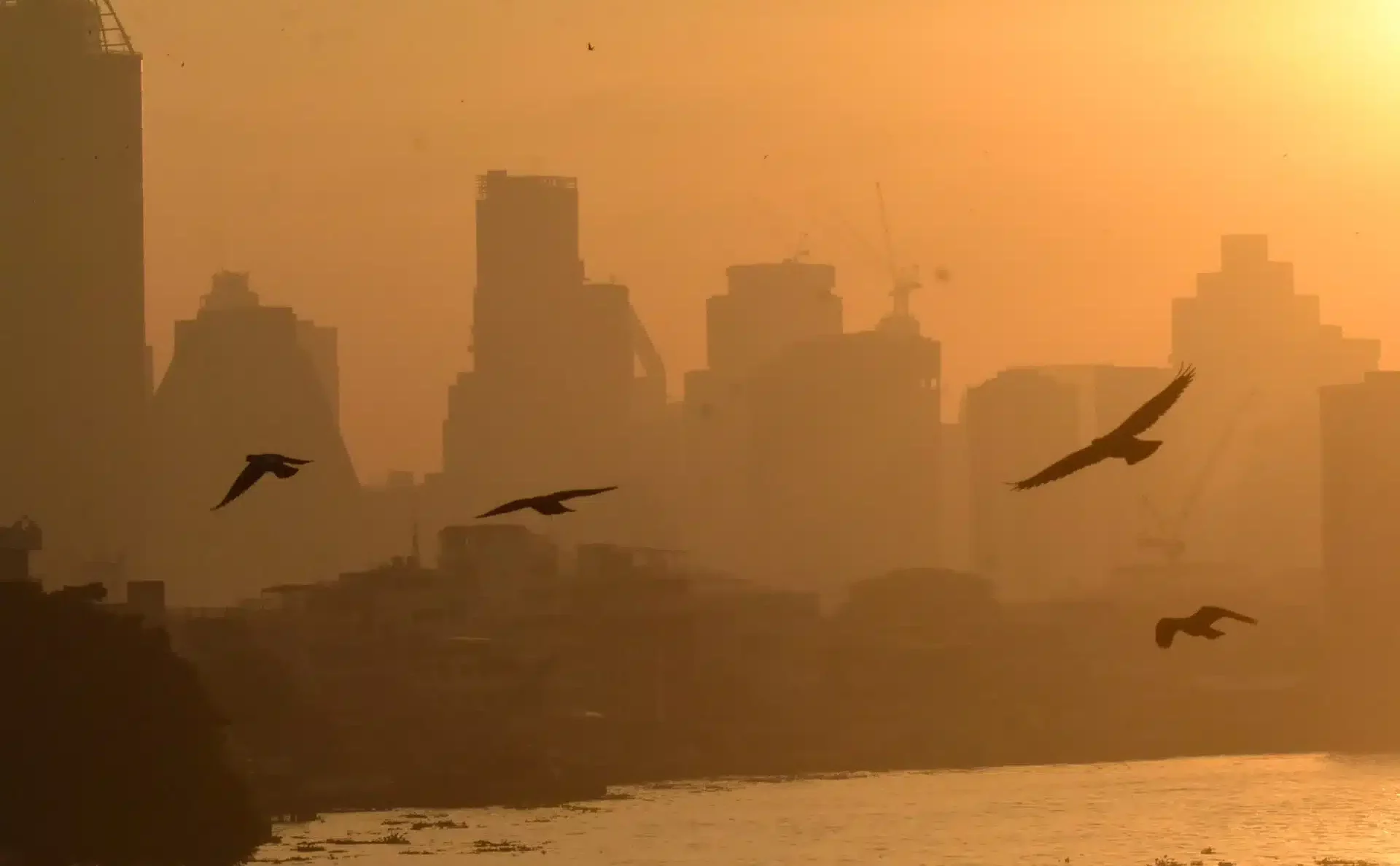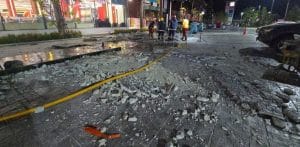Rising PM2.5 pollution forces Bangkok schools to close

Schools throughout the capital city were compelled to close due to rising PM2.5 pollutant levels reaching unhealthy thresholds yesterday, January 20.
Nong Khaem district experienced particularly high concentrations, measuring 77.8 microgrammes per cubic metre at 12.30pm, significantly surpassing the Pollution Control Department’s 24-hour safe exposure limit of 37.5µg/m³.
Consequently, two schools in the district were instructed to close, as stated by the district’s assistant chief, Nanthaya Khiewsawang. Wat Udom Rangsi School, with 2,152 students, aims to reopen on January 23 if conditions improve, while Pracha Bamrung School, accommodating 1,151 students, plans to resume tomorrow, January 22, provided air quality enhances.
Both schools have shifted to online classes in the interim. Additionally, four other schools in the district will transition to online learning today, January 21, to safeguard students from escalating pollution levels.
In Rat Burana district, Wat Bangpakok School also closed yesterday, January 20, due to deteriorating air quality, with a potential reopening slated for tomorrow, January 22, contingent on improved conditions.
In response to the pollution, the Bangkok Metropolitan Administration urged residents to work remotely and utilise public transport.
The issue is not confined to Bangkok, 64 out of 76 provinces reported elevated PM2.5 levels yesterday. Severe pollution was noted in 28 provinces, with Samut Sakhon recording the highest PM2.5 level at 133.1µg/m³.
This was followed by Nakhon Pathom (115.3µg/m³), Sing Buri (107.6µg/m³), Ang Thong (98.7µg/m³), Nonthaburi (98.1µg/m³), Chai Nat (97.3µg/m³), Pathum Thani (93.8µg/m³), and Ayutthaya (93.4µg/m³), reported Bangkok Post.
Meanwhile, 13 provinces experienced moderate air quality, including Ranong, Lampang, Phayao, Phangnga, Surat Thani, Phatthalung, Chiang Rai, Chumphon, and Chiang Mai. Nakhon Si Thammarat, Mae Hong Son, Krabi, and Trang reported good air quality.
In related news, Bangkok and 64 out of 76 provinces in Thailand experienced unsafe levels of PM2.5 dust pollution on January 20, with 28 provinces reaching hazardous red levels. Samut Sakhon reported the most severe air pollution.
Latest Thailand News
Follow The Thaiger on Google News:


























